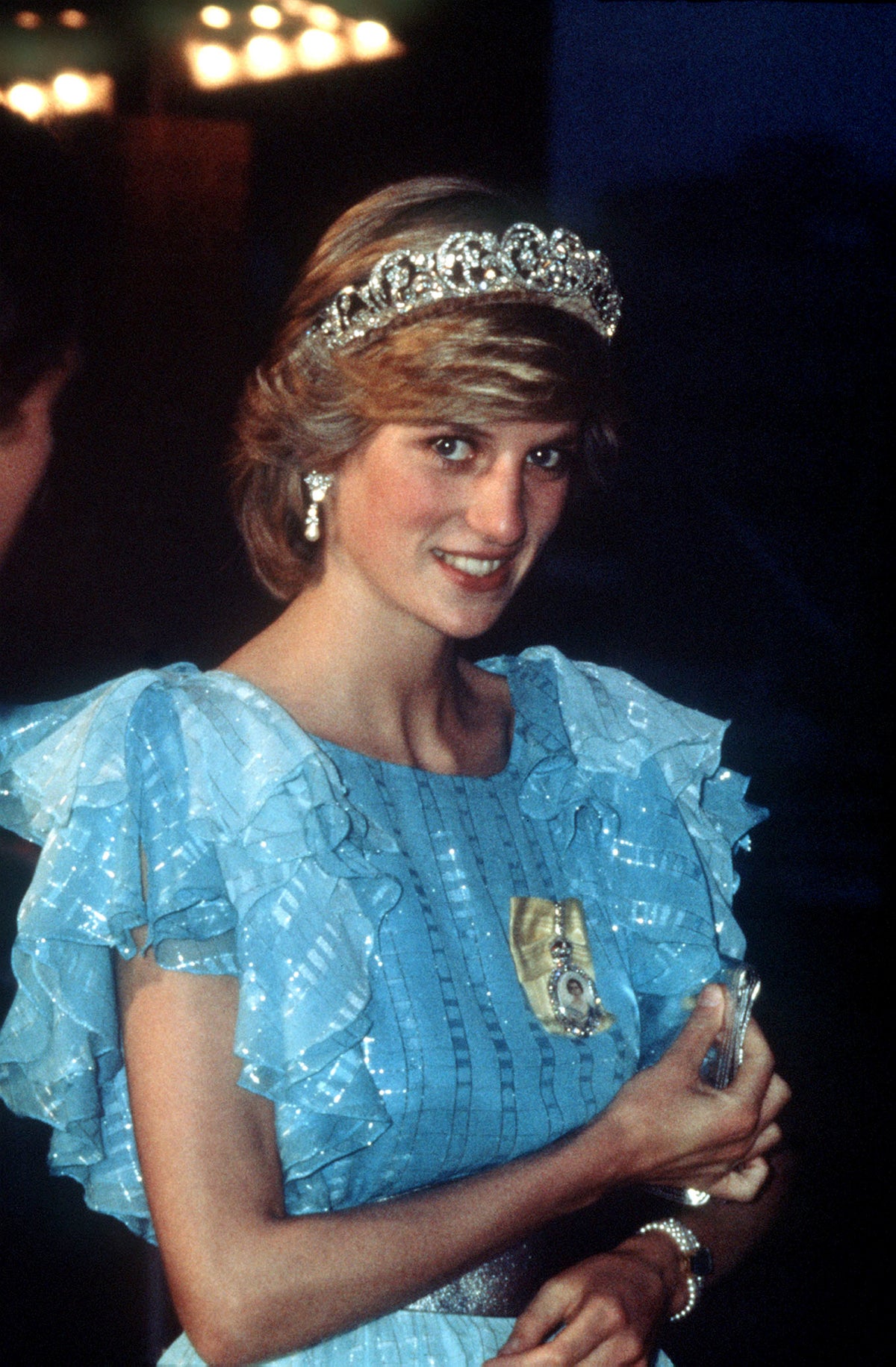
Diana, Princess of Wales is an iconic and contradictory figure who still fascinates decades after her death.
She championed the disadvantaged, from those with Aids to the homeless, and was labelled “the People’s Princess” because of her common touch which could bridge social divides.
But she also fought personal demons like her battle with bulimia, and appeared to be a lonely figure troubled by the media attention her looks and status attracted.
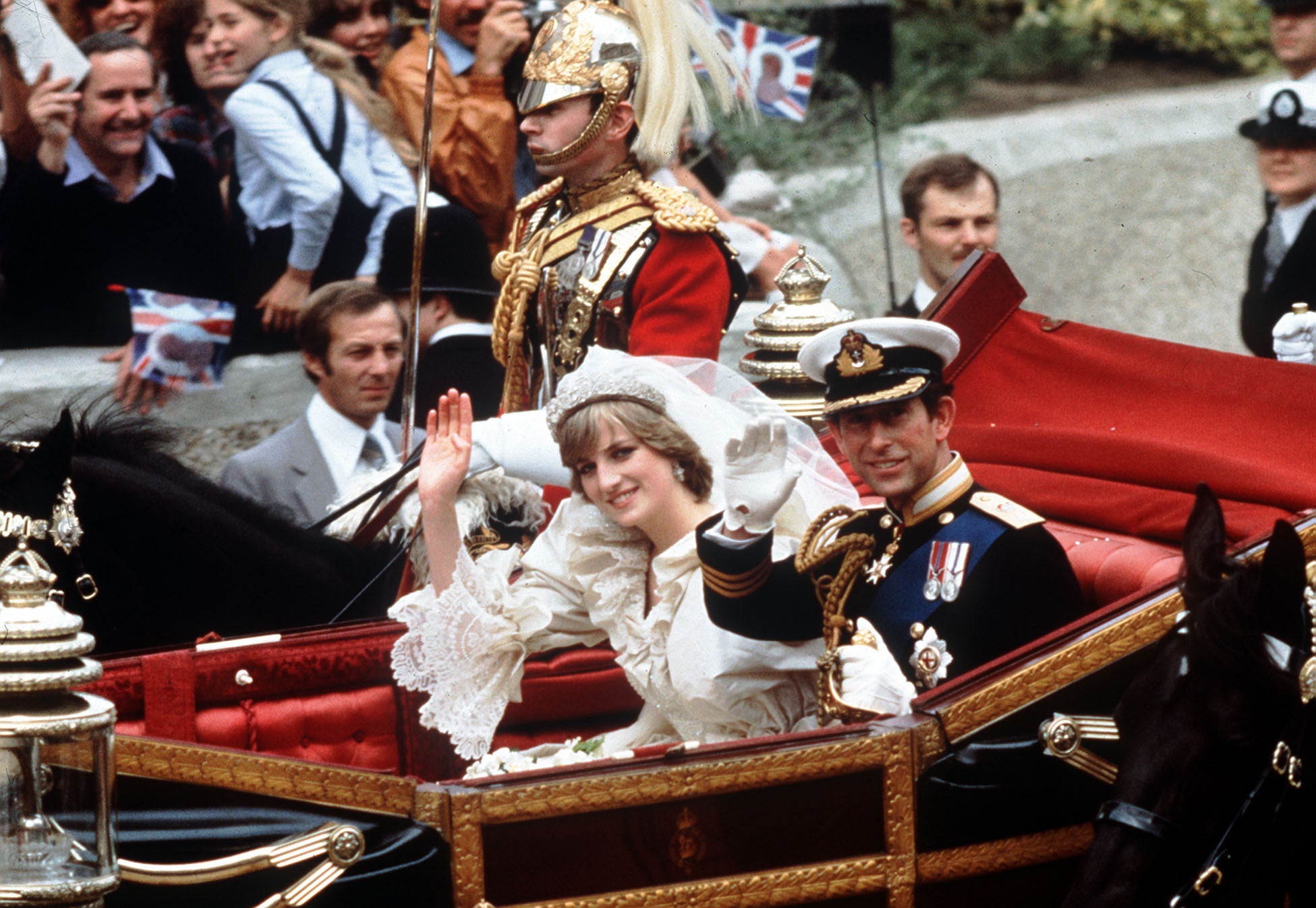
Her death 25 years ago in a Paris car crash shocked the globe and saw unprecedented expressions of grief from thousands of ordinary people who felt a connection with Diana.
On that day – August 31 1997 – then-prime minister Tony Blair summed up the mood of the nation when he paid tribute to her.
He said: “She was the People’s Princess and that is how she will stay, how she will remain in our hearts and our memories for ever.”
Diana’s appeal began almost from the moment she appeared on the world stage as an awkward, shy teenager in the early 1980s, living in a London flat with her girlfriends and working in a nursery school.
Though described as a “commoner”, Lady Diana Spencer was a member of the aristocracy, born into a privileged family that had close connections with the royal family.
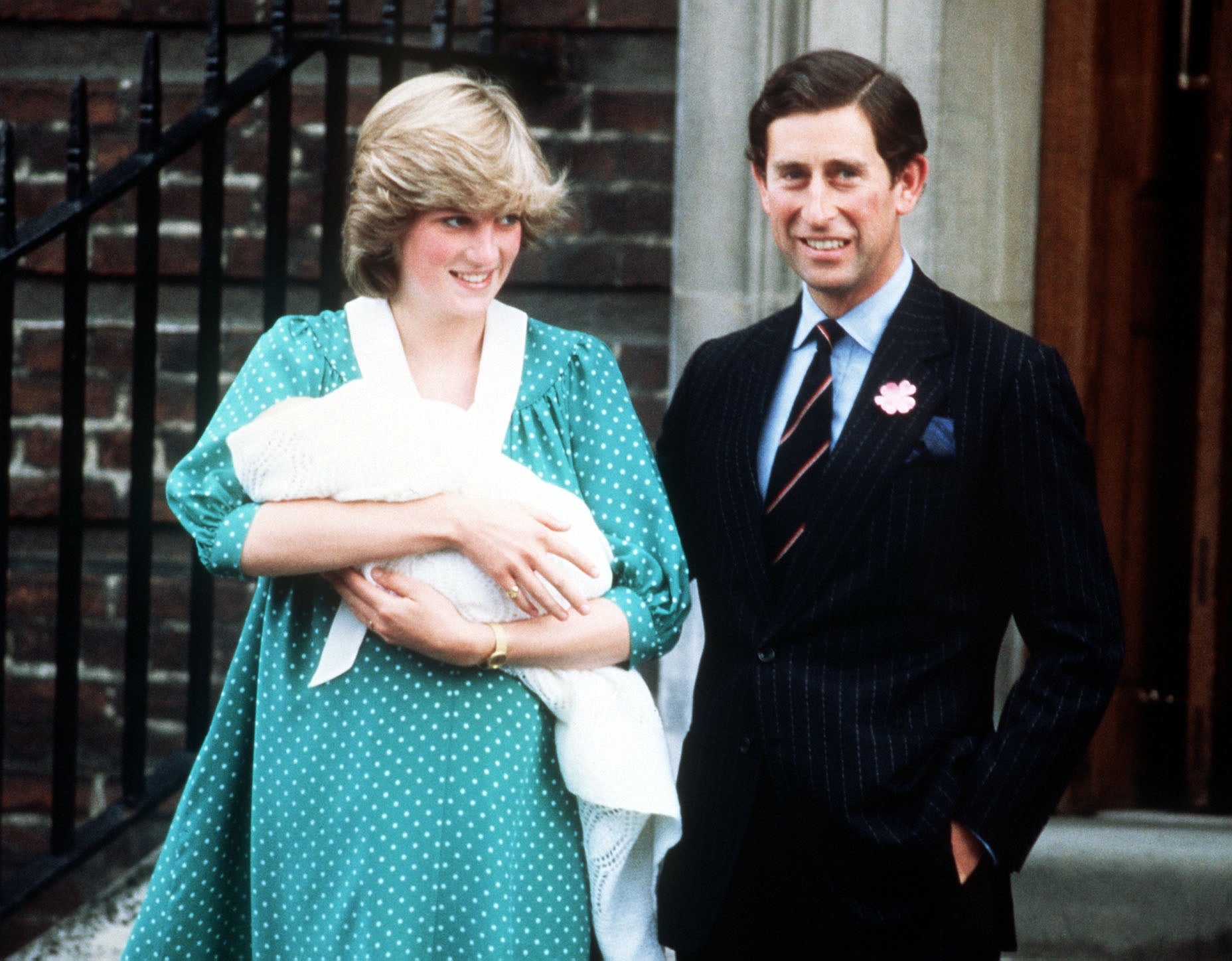
Her fairytale wedding on July 29 1981 at St Paul’s Cathedral was watched by hundreds of millions on TV and turned the self-dubbed “Sloane Ranger” into a global superstar.
For more than a decade afterwards the Prince and Princess of Wales were regarded as the world’s most romantic couple, but soon into their marriage the cracks began to appear.
Diana was haunted by the belief Charles’s former lover Camilla Parker Bowles – now his wife – was part of his life, and she was wracked by insecurities, doubting her worth as a member of the royal family.
The marriage was effectively over by the end of the 1980s but the prince and princess kept up the public pretence until they separated in December 1992.
That year Andrew Morton’s explosive book, Diana, Her True Story, revealed she had suffered from bulimia and had attempted to kill herself a number of times, described as “cries for help”, including throwing herself down a flight of stairs while pregnant with William.
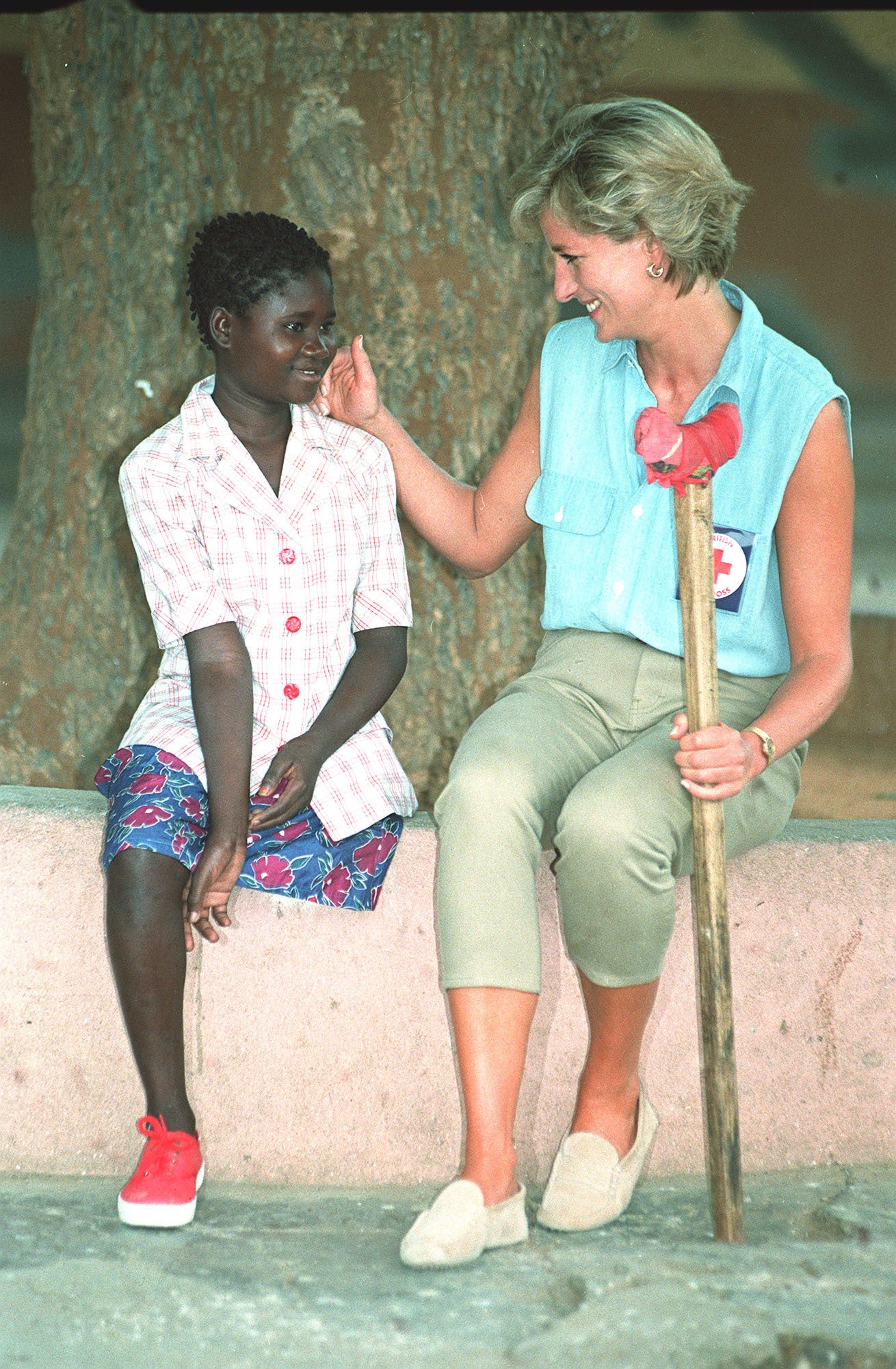
A few years later Charles made his own public admission, telling broadcaster Jonathan Dimbleby in a television documentary that he had been unfaithful after his marriage had “irretrievably” broken down.
Dimbleby’s authorised biography confirmed how Charles had re-established the “intimacy” of his earlier friendship with Camilla when the marriage floundered.
Diana made her own TV confession in November 1995 when she told the BBC’s Panorama programme that she had an affair with Life Guards officer Major James Hewitt.
The royal couple divorced in August 1996.
The princess had her critics. She was dismissed by some as a “clothes horse” for her love of designer dresses, while others accused her of trying to emulate the reputation of Mother Teresa through her charity work.
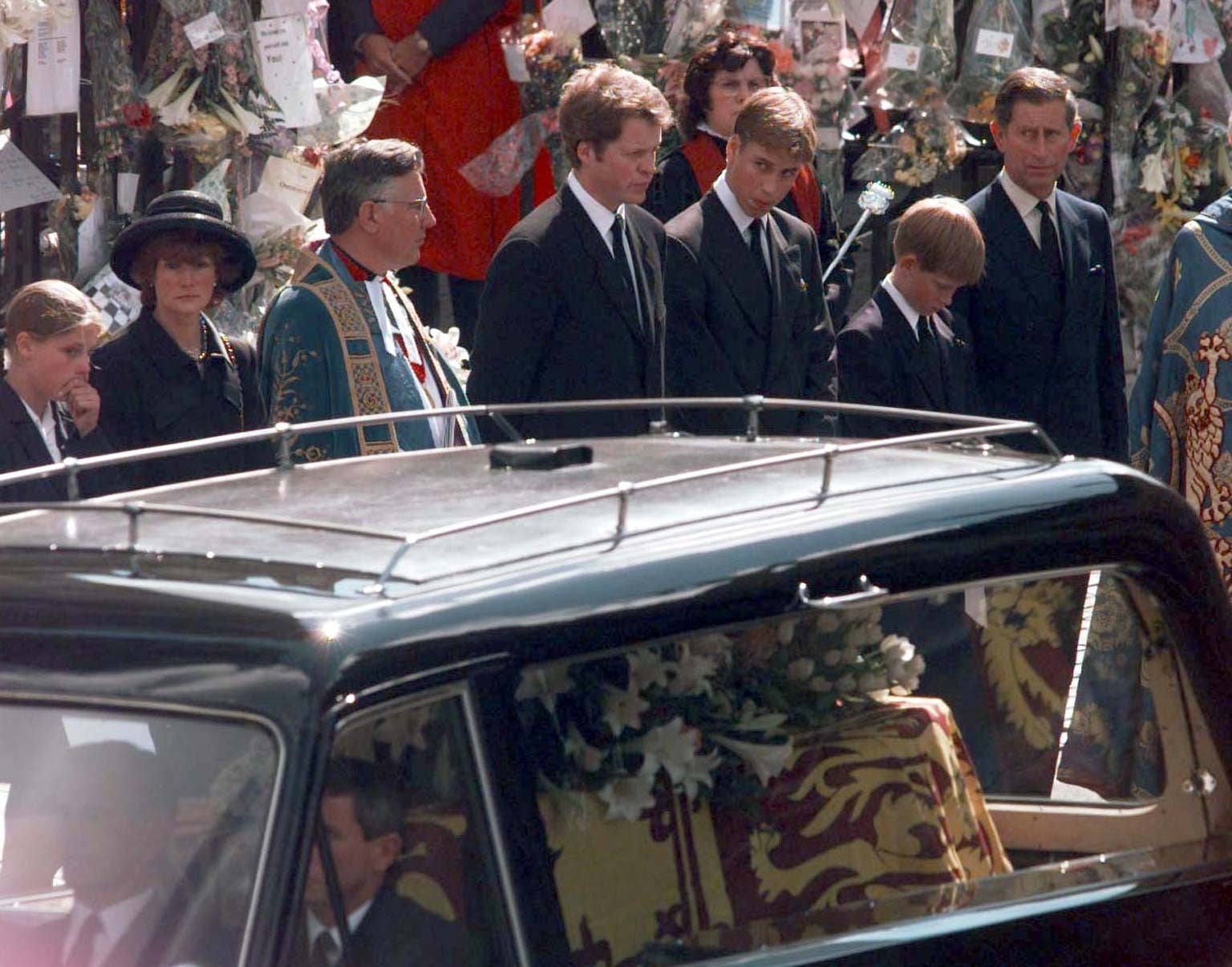
But she championed causes that, at the time, were not fashionable – publicly shaking hands with Aids patients, supporting homeless charities and taking William to meet rough sleepers, and campaigning to outlaw landmines.
The Paris car crash killed Diana’s lover Dodi Fayed and their chauffeur Henri Paul, as well as the 36-year-old princess, but she will forever remain the glamorous figure whose image is preserved for posterity.







